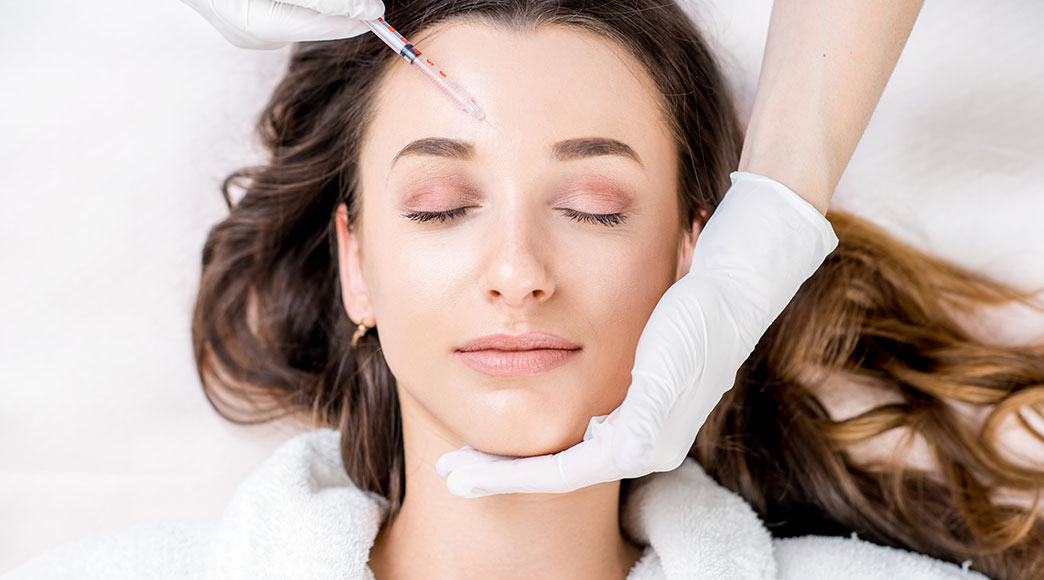تداول الذهب في الأسواق العربية: استثمار آمن وأداة لتحقيق الربحتداول الذهب في الأسواق العربية: استثمار آمن وأداة لتحقيق الربح
يعد الذهب من أقدم وأشهر الأصول التي يستخدمها الناس كوسيلة للادخار والاستثمار في جميع أنحاء العالم. في الوقت الحالي، ومع التطور الكبير في التكنولوجيا وتوافر منصات تداول الذهب عبر الإنترنت، أصبح تداول الذهب خيارًا شائعًا في العديد من الدول العربية. في هذا المقال، سوف نستعرض جوانب مختلفة من تداول الذهب في الدول العربية، بما في ذلك حكمه الشرعي، أفضل المنصات، وأوقات التداول المثالية.
1. تداول الذهب في البحرين
تعتبر البحرين من الدول التي تشهد نشاطًا كبيرًا في تداول الذهب. تتوافر في البحرين منصات إلكترونية متطورة تسمح للمستثمرين بالتداول بسهولة. كما أن البحرين تعد مركزًا ماليًا مهمًا في منطقة الخليج، مما يوفر بيئة استثمارية مستقرة، تجعل من تداول الذهب في البحرين خيارًا جذابًا للمستثمرين المحليين والدوليين على حد سواء.
2. هل تداول الذهب حلال أم حرام؟
من الأسئلة الأكثر تداولًا بين المستثمرين المسلمين هو هل تداول الذهب حلال أم حرام؟ الإجابة على هذا السؤال تعتمد على الطريقة التي يتم بها التداول. إذا كانت المعاملات تتم فوريًا (أي أن الذهب يُسلم فورًا بعد البيع) دون تأجيل أو وجود فائدة ربوية، فإن ذلك يُعتبر حلالًا. لكن إذا كان التداول يتم عبر عقود آجلة أو عقود الفروقات (CFD) التي تشمل تأجيل التسوية، فإن بعض العلماء يرون أنه لا يتوافق مع الشريعة الإسلامية.
3. أفضل منصات تداول الذهب
هناك العديد من منصات تداول الذهب التي تتيح للمستثمرين شراء وبيع الذهب عبر الإنترنت. بعض من أشهر المنصات التي يتم استخدامها في العالم العربي تشمل:
- eToro: منصة شهيرة تتيح التداول في الذهب والعقود الآجلة.
- MetaTrader 4 و 5: من المنصات الأكثر استخدامًا من قبل المتداولين المحترفين في الأسواق العربية.
- IG Markets: توفر تداول الذهب عبر الإنترنت مع أدوات تحليلية متقدمة.
4. تداول الذهب في السعودية
يعد تداول الذهب في السعودية واحدًا من الخيارات الاستثمارية المفضلة لدى العديد من المستثمرين في المملكة. حيث يمكن للمستثمرين السعوديين الاستفادة من المنصات المحلية والدولية لتداول الذهب، بما في ذلك تداول عقود الذهب الفورية. كما أن السوق السعودي يشهد أيضًا تطورًا كبيرًا في مجال تداول الذهب عبر الإنترنت، مما يسهل على المستثمرين الوصول إلى الأسواق العالمية.
5. شراء ذهب أون لاين في السعودية
مع زيادة الاهتمام بالاستثمار في الذهب، أصبح شراء الذهب أون لاين في السعودية أمرًا سهلًا وآمنًا. توفر العديد من الشركات والمحلات التجارية خيارات لشراء الذهب عبر الإنترنت، ويمكن للمستثمرين السعوديين شراء منصات تداول الذهب المادي أو التداول به عبر العقود الفورية أو عقود الفروقات. كما توفر بعض المنصات الإلكترونية مراجعات الأسعار الفورية للمساعدة في اتخاذ القرارات الاستثمارية المناسبة.
6. أفضل أوقات تداول الذهب
تحديد أفضل وقت لتداول الذهب يتوقف على عدة عوامل، أهمها التقلبات السعرية التي تحدث في السوق. عادة ما تكون الأسواق أكثر نشاطًا عندما تكون الأسواق الأوروبية والأمريكية مفتوحة، حيث تتزايد حركة الأسعار. يعد التداول في أوقات الفتح الأوروبي و الفتح الأمريكي هو الوقت الأفضل لتحقيق الاستفادة القصوى من تقلبات أسعار الذهب.
7. توصيات الذهب عبر تليجرام
تحظى قنوات تليجرام لتوصيات الذهب بشعبية كبيرة بين المتداولين في العالم العربي. توفر هذه القنوات إشارات تداول وتحليلات يومية تساعد المتداولين في اتخاذ قرارات مستنيرة بشأن عمليات شراء وبيع الذهب. العديد من هذه القنوات تقدم تحليلات فنية محدثة باستمرار، وهو ما يساعد المتداولين في تحديد نقاط الدخول والخروج المناسبة.
8. تداول الذهب في الإمارات
تعتبر الإمارات العربية المتحدة واحدة من أكبر أسواق تداول الذهب في المنطقة. خاصة في دبي، التي تُعد مركزًا تجاريًا عالميًا للذهب. يُتيح للمستثمرين في الإمارات تداول الذهب عبر منصات الفوركس أو من خلال العقود الآجلة. كما توفر العديد من الشركات الإماراتية خيارات تداول الذهب مع رافعة مالية، مما يساعد المتداولين على زيادة العوائد من استثماراتهم.
9. شركات تداول الذهب في مصر
تعتبر مصر من الأسواق التي تزداد فيها المنافسة بين شركات تداول الذهب. يوجد العديد من الشركات التي تقدم خدمات تداول الذهب عبر الإنترنت في مصر، سواء عبر عقود الفروقات أو العقود الفورية. بعض من هذه الشركات تقدم منصات متطورة تسهل عملية التداول وشراء الذهب.
10. استراتيجيات تداول الذهب للمبتدئين
استراتيجيات تداول الذهب قد تكون معقدة للبعض، خصوصًا للمبتدئين. ولكن هناك عدة استراتيجيات بسيطة يمكن للمبتدئين اتباعها:
- استراتيجية التداول بناءً على التحليل الفني: يمكن للمتداولين المبتدئين الاستفادة من أدوات التحليل الفني مثل المؤشرات الفنية والرسوم البيانية لتحديد الاتجاهات المستقبلية للذهب.
- استراتيجية التداول بناءً على التحليل الأساسي: تعتمد هذه الاستراتيجية على فهم العوامل الاقتصادية الكبرى مثل أسعار الفائدة و التضخم التي تؤثر على أسعار الذهب.
- الاستثمار طويل الأجل: قد يكون بعض المتداولين مهتمين بشراء الذهب كتحوط ضد التضخم أو لأغراض استثمارية طويلة الأجل.
11. حكم تداول عقود الذهب
يتساءل العديد من المستثمرين حول حكم تداول عقود الذهب، خصوصًا عقود الفروقات (CFD). فوفقًا لبعض الفقهاء، يعتبر تداول عقود الذهب حلالًا إذا كان يتم بشروط تسوية فورية. أما إذا كان يتم عبر تأجيل التسوية أو في إطار عقود آجلة مع فوائد ربوية، فقد يكون محرمًا.
12. تداول الذهب مع رافعة مالية
الرافعة المالية هي أداة شائعة في تداول الذهب، حيث تسمح للمستثمرين بالتداول بمبالغ أكبر من رأس المال الذي يملكونه. رغم أن استخدام الرافعة المالية لتداول الذهب يمكن أن يزيد من الأرباح، إلا أنه يحمل أيضًا مخاطر كبيرة، لذا يجب استخدامها بحذر.
13. تداول الذهب عبر الإنترنت في عمان
تعتبر عمان واحدة من الأسواق التي تشهد تزايدًا في الاهتمام بـ تداول الذهب عبر الإنترنت. تتيح منصات التداول العالمية للمستثمرين العمانيين شراء وبيع الذهب بسهولة، ما يفتح أمامهم فرصًا كبيرة للاستثمار في هذا المعدن الثمين.
الخاتمة
يعد تداول الذهب في الدول العربية من الخيارات الاستثمارية الجذابة والآمنة. ومع وجود العديد من المنصات الإلكترونية التي تتيح تداول الذهب، أصبح من السهل على المستثمرين في المنطقة العربية الوصول إلى الأسواق العالمية. ومع ذلك، يجب على المتداولين فهم حكم تداول الذهب في الإسلام واختيار أفضل استراتيجيات تداول الذهب لتحقيق النجاح في هذا المجال.



